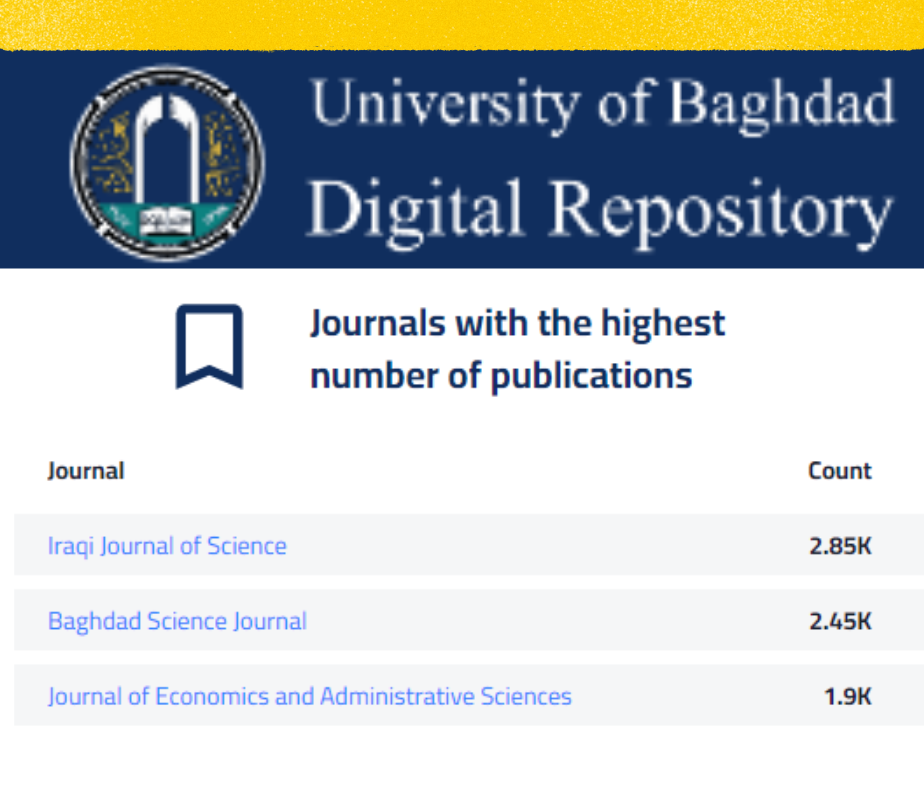Use Simulation To Differentiate Between Some Modern Methods To the Model GM(1,1) To Find Missing Values And Estimate Parameters With A Practical Application
DOI:
https://doi.org/10.33095/jeas.v24i102.155Keywords:
النموذج الرمادي GM(1,1), الطريقة التراكمية (ACC), الطريقة الأسية (EXP) , الطريقة الأسية المعدلة (Mod EXP), طريقة سرب الجسيمات (PSO), الوقود الثقيل (HFO) ، وقود الديزل (D.O)., GM(1,1) ; ACC ; EXP ; Mod EXP ; PSO ; HFO ; D.O .Abstract
Abstract
The grey system model GM(1,1) is the model of the prediction of the time series and the basis of the grey theory. This research presents the methods for estimating parameters of the grey model GM(1,1) is the accumulative method (ACC), the exponential method (EXP), modified exponential method (Mod EXP) and the Particle Swarm Optimization method (PSO). These methods were compared based on the Mean square error (MSE) and the Mean Absolute percentage error (MAPE) as a basis comparator and the simulation method was adopted for the best of the four methods, The best method was obtained and then applied to real data. This data represents the consumption rate of two types of oils a heavy fuel (HFO) and diesel fuel (D.O) and the use of tests to confirm the accuracy of the grey model. After obtaining the results, the best method to estimate the parameters of the grey model GM(1,1) is the method of the Particle Swarm Optimization method (PSO) It has been used to treatment the missing values in the data and in the prediction where it has been shown to have the best results
Downloads
Published
Issue
Section
License
Articles submitted to the journal should not have been published before in their current or substantially similar form or be under consideration for publication with another journal. Please see JEAS originality guidelines for details. Use this in conjunction with the points below about references, before submission i.e. always attribute clearly using either indented text or quote marks as well as making use of the preferred Harvard style of formatting. Authors submitting articles for publication warrant that the work is not an infringement of any existing copyright and will indemnify the publisher against any breach of such warranty. For ease of dissemination and to ensure proper policing of use, papers and contributions become the legal copyright of the publisher unless otherwise agreed.
The editor may make use of Turnitin software for checking the originality of submissions received.













 How to use the OJS system
How to use the OJS system 










